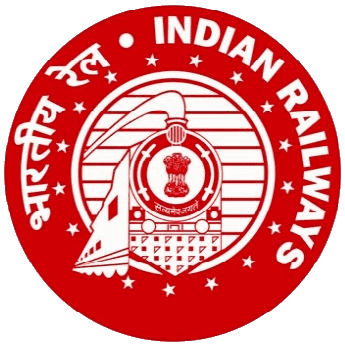Type Government department Area served India Headquarters New Delhi Parent organization Ministry of Railways | Industry Railways Founded 16 April 1853 Number of employees 1,400,000 | |
 | ||
Services Passenger railways
freight services
bus transportation
travel agency services
parking lot operations
other related services Profit ₹96.1 billion (US$1.4 billion) (2011–12) Owner Government of India (100%) Revenue 1.066 trillion INR (2011–2012, US$16 billion) Net income 96.1 billion INR (2011–2012, US$1.4 billion) | ||
Shri a k mital chairman railway board speaking at bse
The Railway Board is the apex body of the Indian Railways. It reports to the Parliament of India through the Ministry of Railways headed by the Railway Minister of India.
Contents
- Shri a k mital chairman railway board speaking at bse
- Railway board chairman sh ak mital s address at economic editors conference
- Current members
- British Raj
- After independence
- Controversies
- References
Railway board chairman sh ak mital s address at economic editors conference
Current members
Current Railway Minister of India :
Present Members of Railway Board :
British Raj
In 1901, on the recommendations of Sir Thomas Robertson Committee regarding the administration and working of the railways, an early version of the railway board was constituted, with three members serving on it at first. In 1905, its powers were formalised by Lord Curzon's government. It consisted a Government Railway official, who was the Chairman of the Board, a Railway Manager from England and an Agent of a Company Railway. The Board was placed under the Department of Commerce and Industry of the British Indian Government. In 1921, a reorganisation of the Railway Board was carried out, and a Chief Commissioner of Railways was appointed, who was solely responsible to the Government for decisions on technical matters and for advising the Government on matters of policy. Pursuant to the Acworth Committee's recommendations in 1921, the Railway Board was reconstituted with effect from 1 April 1924. The reconstituted board consisted of the Chief Commissioner, a Financial Commissioner and two Members, one responsible for Way and Works, Projects and Stores and the other for General Administration, Staff and Traffic subjects. In 1929, an additional post of a Member was created and he was placed in charge of Staff matters, so that the Member in charge of Traffic could concentrate fully in transportation and commercial matters. During this time, Frank D'Souza became the first Indian member of the board.
After independence
In April, 1951 the post of Chief Commissioner was abolished and the seniormost functional Member was appointed the Chairman of the Board, thus the strength of the Board was reduced to four. In October 1954, the Chairman of the Board was made responsible for decisions on technical and policy matters, with the status of a Secretary to Government in the Ministry of Railways. One more Member was also added and the strength of the Board again became five. In 1988, a new Member was added to look after the Electrical and Signal & Telecommunication aspects of the Railways. Many Indian are emotionally in touch with India Railways.
Controversies
On 14 February 2008, Westinghouse Air Brake Technologies Corporation, listed on the New York Stock Exchange, admitted to violating Foreign Corrupt Practices Act (FCPA) regulations by making improper payments from its subsidiary Pioneer Friction Limited, based in Calcutta India, to government officials of the Indian railway board. Payments were made in order to obtain and retain business with the Railway Board and curb taxes.
On 3 May 2013, the CBI arrested Railway Minister's nephew, Vijay Singla for accepting an alleged bribe of ₹9 million (US$130,000), which was part of a larger sum of Rs. 100 million (US$16.2 million) from a middleman on behalf of Mahesh Kumar, in return for favour to get appointed as Member (Electrical) of the Railway Board. Mahesh Kumar was suspended, although the Railway Board clarified that no rules had been bypassed during the appointment of Mahesh Kumar.
